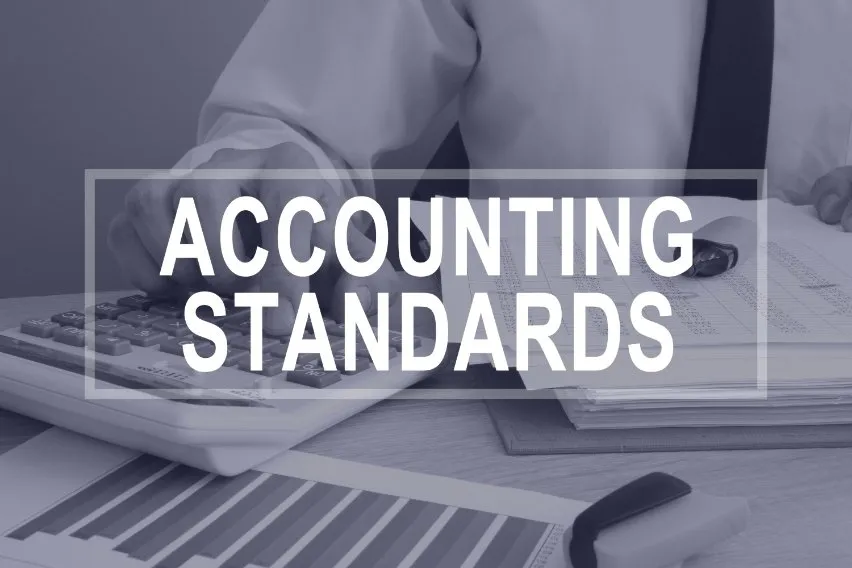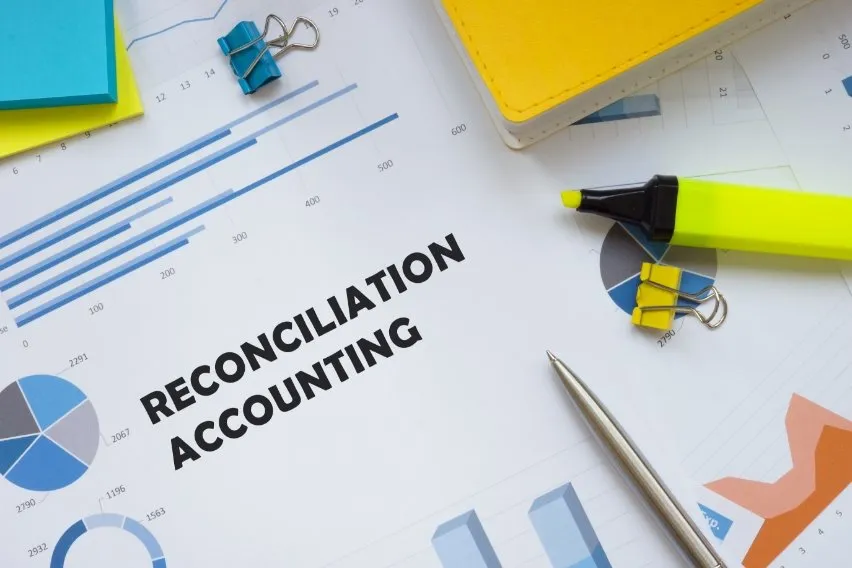Accounting Standards: Definition & History

There can be a lot to know and understand about accounting principles. For example, there are international accounting standards and generally accepted accounting principles. So when it comes to financial statements and accounting practices, what do you need to know?
There can be some differences. For instance, are we talking about accounting for international companies or public companies? Or even for specific economic events? This shows why accounting standards exist: to ensure accurate and consistent information.
Keep reading to learn all about accounting standards. We’ll cover what they are, how they work, and why they’re implemented. Plus we’ll dive into the differences between GAAP and IFRS.
Table of Contents
What Is an Accounting Standard?
History of Accounting Standards
Why Are Accounting Standards Useful?
U.S. GAAP Accounting Standards
Financial Accounting Standards Board (FASB)
IFRS vs. U.S. GAAP Accounting Standards
What Is an Accounting Standard?
An accounting standard is a guideline that’s followed for financial reporting. These standards get made and put in place to ensure transparency. Countries around the world use these standards to prepare financial statements.
Generally accepted accounting principles (GAAP) get used in the United States. International companies use the International Financial Reporting Standards (IFRS).
The International Accounting Standards Board sets the IFRS. They set the foundation for every country to report financial statements. (Except for the United States.)
Accounting standards control certain elements of a company’s financial picture. These include revenue, expenses, liabilities, shareholder’s equity, and assets. Some of the most common examples of accounting standards include:
- Outstanding share measurement
- Lease classifications
- Asset classification
- Allowable methods for depreciation
- Revenue recognition
- What we consider depreciable
Accounting standards set the timing, measurement, and presentation of economic events. They ensure that relevant information goes to external entities. These can include banks, investors, and regulatory bodies.
These standards help create a level of transparency for reporting financials. And they help set boundaries for financial reporting measures.
History of Accounting Standards
Every company around the world used to make their own standards. Following the stock market crash in 1930, changes were necessary for various reasons.
The American Institute of Accountants and the New York Stock Exchange adopted new rules. They recommended the use of 5 principles of accounting. In an effort to continue to improve accounting practice, there eventually was another principle added.
The Securities Act of 1933 and the Securities Exchange Act of 1934 were then passed by the SEC. The SEC got tasked with examining periodic filings to make sure they complied with its rules. Particularly rules about full disclosure, adherence to appropriate accounting, and comparability.
Accounting guidelines were created to help with recording and reporting economic events. These help guarantee that information is provided to external stakeholders. For example, shareholders, banks, and regulatory organisations.
The reformed accounting standards improve accountability and transparency. They do this by setting limits between different financial reporting metrics.
Why Are Accounting Standards Useful?
Accounting standards provide several benefits. But the biggest impact is the transparency of financial reporting and this isn’t country-specific—the standards get implemented worldwide.
Also, accounting standards help specify exactly how we recognise certain economic events. They specify how to display and measure economic events. The likes of investors, banks, and regulatory agencies rely on accounting standards.
This is because they need to ensure they get accurate and up-to-date information. They’re also transparent and set boundaries when it comes to financial reporting.
U.S. GAAP Accounting Standards
The American Institute of Certified Public Accountants created the first standards. After further development, they gave them to the Financial Accounting Standards Board (FASB).
The SEC has extensive requirements for how companies in the U.S. report financials. Every company that’s listed must use GAAP.
Using GAAP throughout the U.S. ensures that financials are accurate. This can be helpful for investors who need comparable information. It means that economic decisions are more accurate, more credible, and more consistent.
Financial Accounting Standards Board (FASB)
The FASB creates financial accounting standards in the United States. The FASB is a private non-profit organisation. This means both governmental and private companies must have a part in it.
7 full-time board members govern the FASB, with its headquarters being in Connecticut. The Financial Accounting Foundation appoints the board’s chairman. It also supervises the FASB.
The organisation’s goal is to develop and enhance accounting procedures. They do this so the information provided to users and investors is reliable and accurate. Additionally, it is imperative for stakeholders to understand and use accounting rules.
IFRS vs. U.S. GAAP Accounting Standards
The IFRS describes many transactions with economic effects. It also specifies how international businesses should manage and publish their financial accounts. It’s a principle-based accounting standard. It lays the groundwork for how to examine financial data.
As a result of IFRS, global markets adhere to a set of criteria. The criteria are accountability, efficiency, and openness. Investors can invest in enterprises that have transparent business procedures thanks to this.
Standard IFRS requirements cover several different areas of financial statements. These can include:
- The statement of comprehensive income
- The statement of cash flows
- The statement of changes in equity
- The statement of financial position
While the GAAP accounting standards are similar to IFRS requirements, they do differ. There are a few things worth noting, such as how foreign public companies can get listed on the U.S. stock exchange.
This can make a difference for businesses since they don’t have to reconcile with both IFRS and GAAP. But in 1973, the Financial Accounting Standards Board took over the position. To be eligible for the stock exchange, companies must meet the requirements of U.S. GAAP standards.
The rules set by the SEC make it easier to examine financial statements. Accounting standards lead to solid economic policies based on reliable and consistent data.
Key Takeaways
Accounting standards were developed to create more transparency and accuracy for financial reporting. The standards apply to everything from assets, liabilities, expenses, and revenue. In the U.S., we follow GAAP standards.
We use IFRS accounting standards around the world. Banks, investors, and regulatory agencies rely on accounting standards being accurate. This helps them make more informed decisions.
FAQs on Accounting Standards
What Was the Objective of Accounting Standards Being Developed?
The main goal was to create transparency when it came to reporting financials. Another reason was to create more consistency. This meant different companies could compare financial statements.
How Many Standards Are in IFRS?
There are currently 16 accounting standards outlined in the IFRS.
Which Is Better – GAAP or IFRS?
Both GAAP and IFRS serve the same fundamental purpose. Yet many believe the IFRS to be more beneficial since it has a much broader scope. The GAAP applies to the U.S., which could hinder a U.S.-based company from wanting to do business overseas.
RELATED ARTICLES



 Property, Plant, and Equipment (PP&E): A Complete Overview
Property, Plant, and Equipment (PP&E): A Complete Overview What is Turnover in Business? Importance & Calculation
What is Turnover in Business? Importance & Calculation What is Reconciliation in Accounting?
What is Reconciliation in Accounting? Top 5 Free Accounting Software for South Africa
Top 5 Free Accounting Software for South Africa Drawings in Accounting: Definition, Process & Importance
Drawings in Accounting: Definition, Process & Importance Source Documents in Accounting: Definition, Importance & Types
Source Documents in Accounting: Definition, Importance & Types